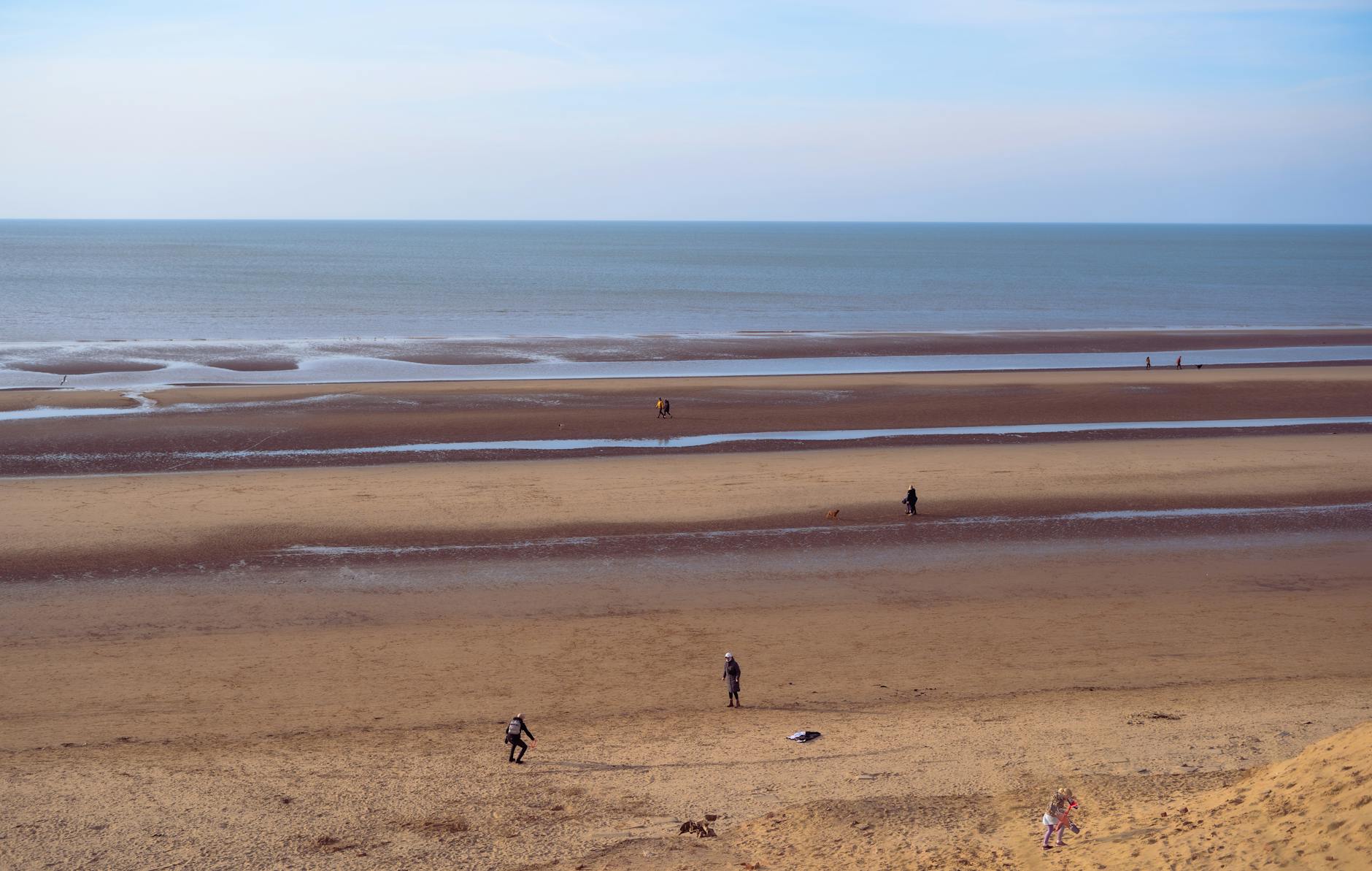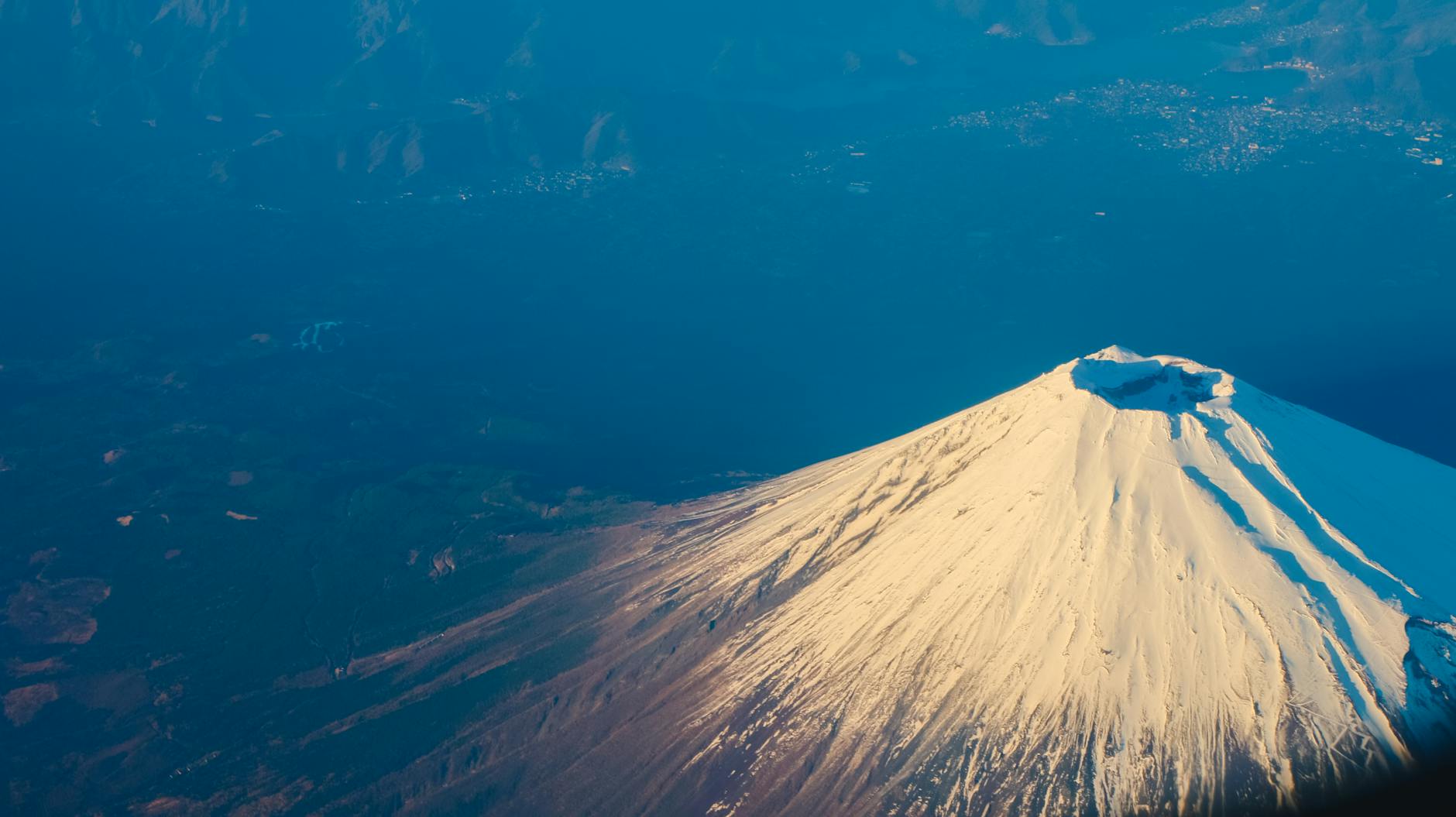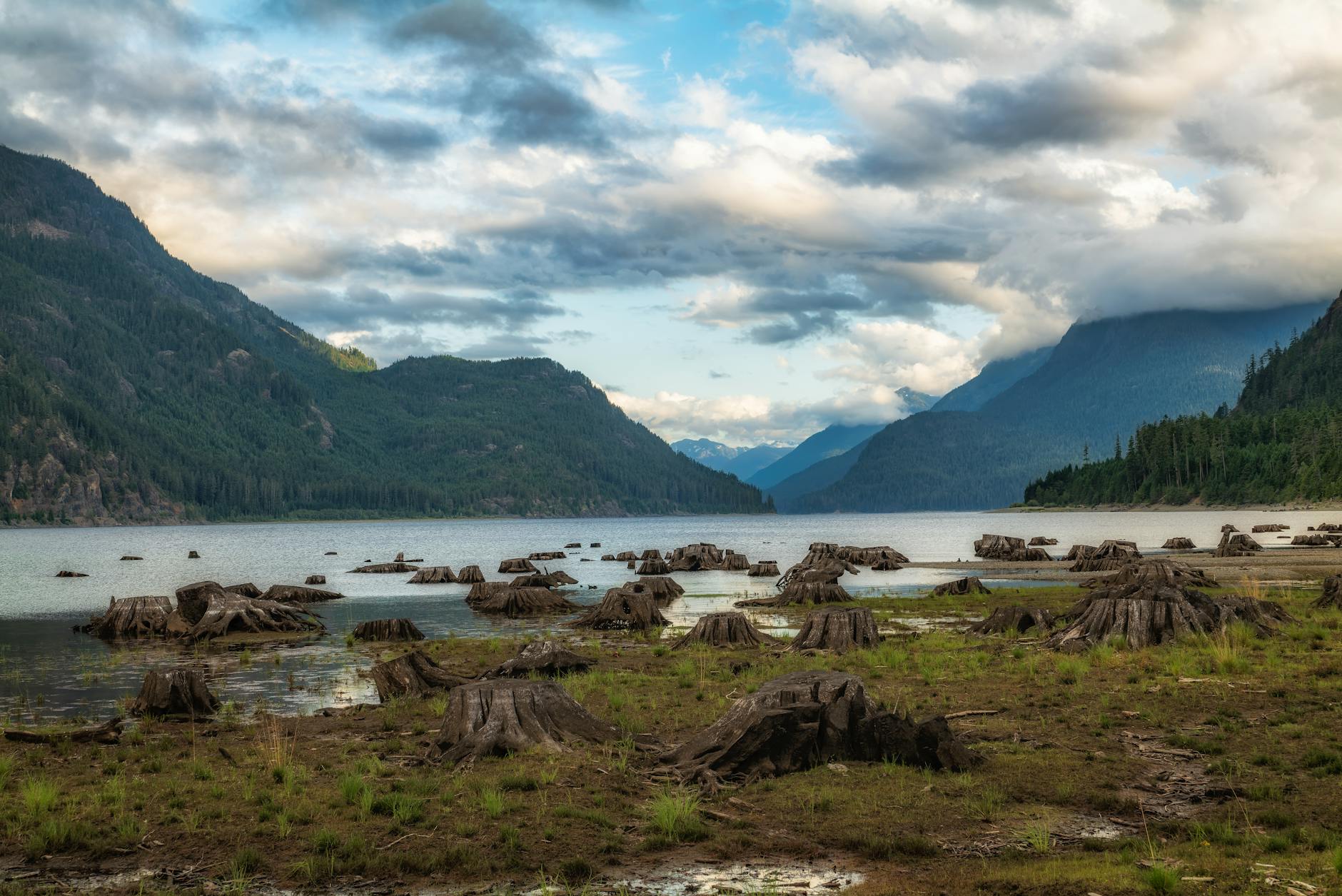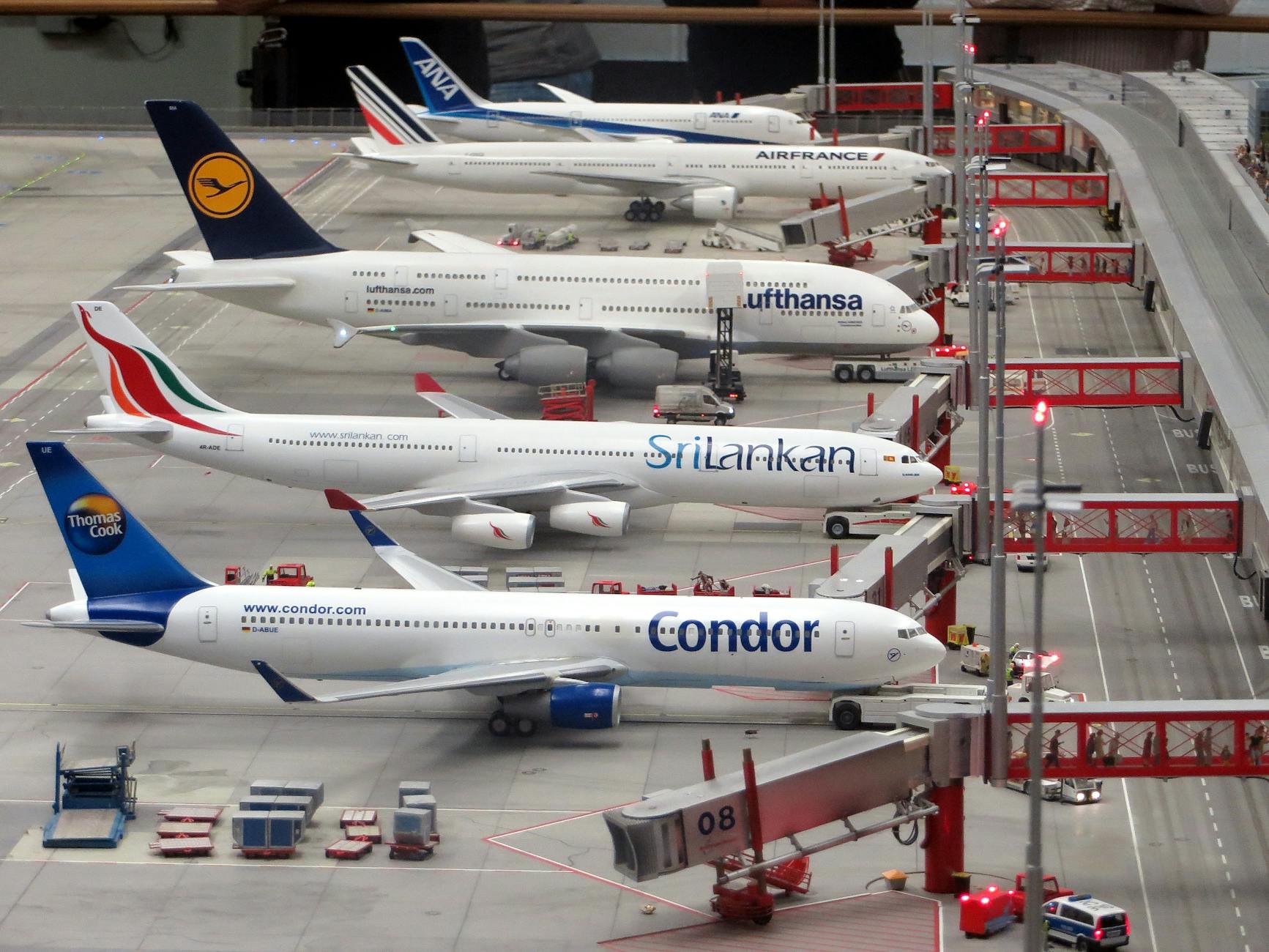How to Balance Tourism and Conservation in Australia's Natural Wonders

Understanding Australia's Wonders
Australia boasts an astonishing range of ecosystems that rival even the most celebrated global destinations. Whether it's the arid plains or lush tropics, the continent's diverse environments offer unique opportunities for Galapagos Islands tours enthusiasts seeking to see parallels in biodiversity. For those intrigued by natural wonders, destinations like the Royal Botanic Gardens in Melbourne serve as vital hubs for ecological research, similar in scope and importance to efforts seen in iconic locations such as Central America tours.
The historic and cultural importance of Australia's landscapes cannot be overstated. Sites across the country, infused with Indigenous heritage, reflect centuries-old stories of the land's initial custodians. This cultural richness can transform excursions into deeply educational experiences, bringing to mind the kind of immersive understanding that could be gained from a well-curated Galapagos cruise.
Australia is also home to flora and fauna that are unlike any other. With species such as the platypus and the kangaroo, as well as vibrant plant life, it highlights the need for effective environmental management. The ecological initiatives at Federation Square showcase Melbourne's commitment to sustainability, offering lessons that translate well into broader eco-tourism practices. By embracing sustainable practices, visitors can ensure their adventures contribute positively to the preservation of these remarkable ecosystems, inspiring future generations of nature lovers.
Tourism Impacts
Environmental Degradation Risks
Tourism can have significant effects on local environments, particularly in areas known for their natural beauty. In regions like Africa tours, the influx of visitors can lead to habitat disruption, jeopardising the delicate ecosystems that attract travellers in the first place. Similarly, an increase in foot traffic at cultural heritage sites like Machu Picchu Tours can lead to erosion and other forms of environmental degradation. In Melbourne, the Royal Botanic Gardens, a hub for ecological research, exemplifies the need to balance public access with conservation. Managing tourist activities in such regions demands a careful strategy to protect these ecological treasures while still delighting visitors with their unique beauty.
Economic Benefits and Challenges
The tourism industry undeniably provides an economic boost, creating jobs and supporting local businesses. Yet, these benefits come with challenges. The economic advantage is often offset by the increased demand on local resources. For example, in popular areas, the rise in tourists can lead to inflation in housing costs and strain public services. Furthermore, seasonal fluctuations in tourism can result in economic instability for local communities. Sustainable practices are essential in ensuring that the financial boon contributes positively to the community without compromising its integrity or future prosperity.
Community and Cultural Effects
The social fabric of communities can be both enriched and strained by tourism. While the influx of visitors fosters cultural exchange and raises awareness of local traditions, it may also lead to cultural commodification. For instance, the sustainability initiatives at Federation Square highlight the importance of maintaining cultural authenticity. Balancing the benefits of cultural tourism with the need to preserve traditions and way of life is crucial. Through community involvement and responsible tourism policies, these effects can be managed to support a vibrant cultural landscape for both locals and visitors.
Conservation Strategies
Government Initiatives
As I delve into the conservation efforts within Australia, I'm continuously amazed by the significant role that government initiatives play in preserving our natural landscapes. For instance, many policies are focused on regulating the tourism industry, ensuring sustainable practices that mitigate the negative impacts of activities such as Galapagos tours on sensitive ecosystems. Australian government bodies are steadfast in their commitment to environmental protection, often implementing comprehensive policies aimed at protecting biodiversity and promoting eco-friendly tourism.
Community-Led Conservation
Equally important are the community-led conservation projects that foster a culture of sustainability rooted in local participation. These initiatives serve as a cornerstone for meaningful change, empowering communities to take an active role in preserving their surroundings. With many Australians passionate about conservation, grassroots projects have flourished, often collaborating with local stakeholders to maintain the ecological balance. Through shared efforts and education, communities work to protect important natural landmarks, such as the initiatives seen at Yarra Bend Park, which emphasise local biodiversity and ecosystem management.
Scientific Research Contributions
Scientific research contributes significantly to conservation strategies by providing essential insights into the dynamics of Australia's unique environments. Partnerships between scientific communities and local organisations play a critical role, facilitating the exchange of knowledge and resources to bolster conservation efforts. Researchers engage in comprehensive studies and collaborations, often focusing on promoting sustainability in tourism, similar to those undertaken for Namibia safari conservation. These efforts not only advance understanding but also shape informed policies and practices, ensuring long-term environmental stewardship.
Sustainable Tourism Practices
As a fervent advocate for eco-tourism in Melbourne, I've observed how sustainable tourism practices can effectively balance the needs of visitors and the environment. One impactful approach is integrating eco-friendly travel options such as Arctic cruises, which emphasise non-invasive exploration. These trips minimise environmental disturbance while offering enriching experiences that align with nature-focused initiatives seen at places like the Royal Botanic Gardens, where ecological research is conducted.
When planning sustainable holidays, it's crucial to consider the mode of accommodation. Eco-lodges, for instance, use renewable energy, waste management systems, and local resources, minimising their ecological footprint. Tour operators often support local communities by sourcing supplies and services locally, generating economic benefits while preserving cultural heritage.
Educating travellers on sustainable practices is key to fostering an appreciation for conservation efforts. Destinations such as Patagonia tours often incorporate educational elements, helping visitors understand the local ecosystems and conservation challenges. This not only enhances their experience but also motivates them to adopt similar practices in their future travels, similar to the initiatives highlighted at Federation Square.
By being mindful of the impact on the environment and society, sustainable tourism can serve as a bridge between cultural appreciation and ecological preservation. It draws on our collective responsibility to tread lightly, enabling both tourists and locals to take pride in sharing and safeguarding our natural world.
Common Pitfalls in Eco-Tourism
Neglecting Local Perspectives
One prevalent mistake in eco-tourism is failing to incorporate local voices and traditions into sustainable travel experiences. Taking inspiration from initiatives like the cultural workshops held around Federation Square, it’s vital to engage with and uplift Indigenous communities. This approach not only enriches the eco tourism experience but also supports the preservation of cultural heritage. Creating inclusive dialogues ensures tourism benefits are felt equally and sustainably, forging stronger community bonds.
Overlooking Sustainable Impact
Another challenge is the disregard for the long-term environmental effects of tourism. In Melbourne day trips, the delicate balance of ecosystems can easily be disrupted without proper precautions. Yarra Bend Park serves as a reminder of how conservation efforts, such as rewilding projects, can counteract negative impacts. Encouraging travellers to be conscious of conserving natural spaces elevates the integrity of eco-tourism and ensures these treasures remain for future generations.
Prioritising Profit Over Sustainability
Lastly, there's a common inclination to focus overly on commercial returns. Yet, prioritising sustainability over profits can lead to a more profound tourist engagement. For instance, the Royal Botanic Gardens exemplify how aligning commercial activities with ecological research strengthens both financial health and sustainability goals. Through eco tourism destinations in Melbourne, we can witness how educational initiatives can foster a deeper appreciation for the environment, ultimately leading to more responsible tourism dollars.


